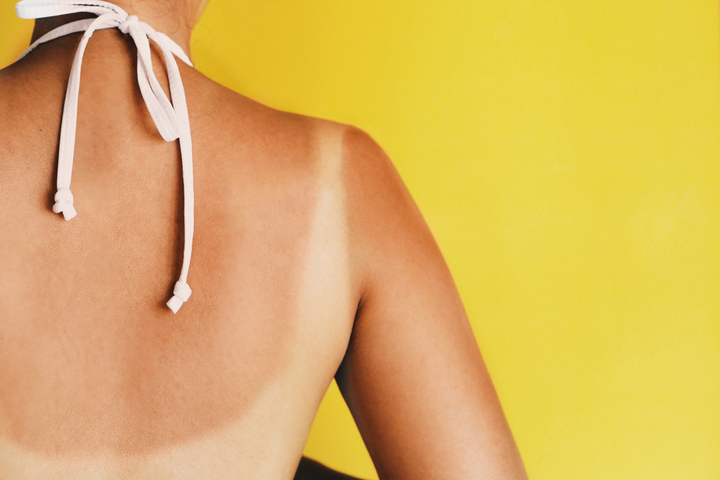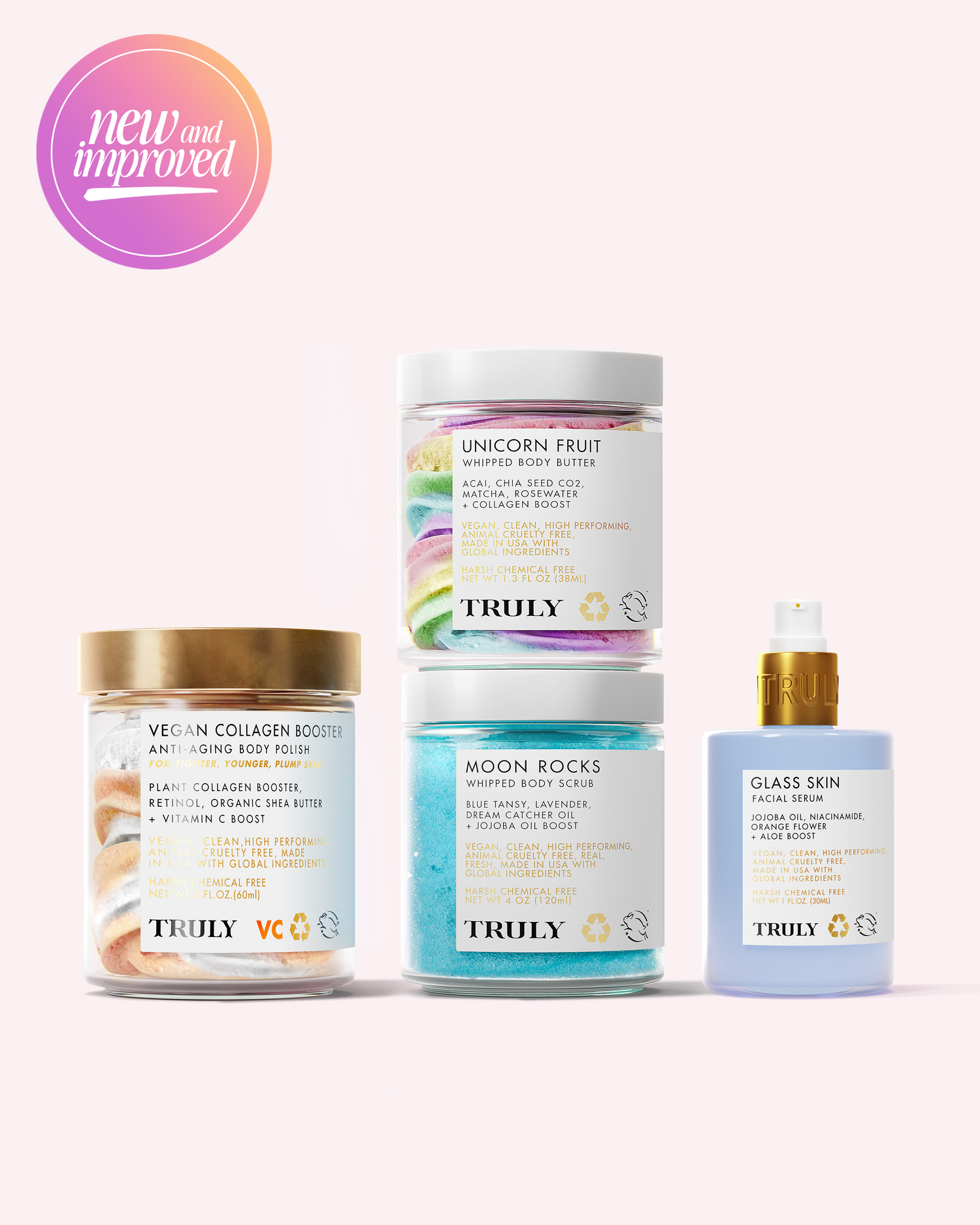Why Does Your Skin Remain Red After a Bad Sunburn?

One of the biggest misconceptions about sunburn is that it's the same thing as when you burn your skin on something hot. It's not.
Sunburn isn't caused by heat. It's caused by ultraviolet radiation – or UV rays – causing damage to the skin.
So when you get really bad sunburn, you can imagine just how much damage you've caused your skin. As for the redness, it can sometimes take weeks before it fades completely.
Whether you forgot to apply sunscreen before hanging out all day at the beach or didn’t reapply the SPF often enough while splashing around in the pool, redness is a natural side effect of sunburn.
But how long will your skin remain red after sunburn - and when will that peeling and blistering finally subside?
Here's what you should know about sunburn and redness.
THE LINGERING REDNESS OF SUNBURN
Why does your skin remain red after a bad sunburn?
First, let us clarify: When ultraviolet radiation (UV rays) from the sun reaches your skin, it damages the skin cells. As a result, it causes mutations in their DNA. A dangerous reality.
“Our bodies have a lot of amazing mechanisms to prevent and even correct these mutations,” says Saira George, M.D., an MD Anderson Cancer Center dermatologist. “But if the skin cells get more UV exposure than they can handle, the damage may be beyond repair, and the cells die off. Blood vessels dilate to increase blood flow and bring immune cells to the skin to help clean up the mess. All this causes the redness, swelling and inflammation we associate with a sunburn.”
While the sunburn will heal (in time), some of the surviving cells will have mutations that cannot be repaired. These damaged cells could become cancerous and lead to skin cancer.
THE TIMEFRAME OF SUNBURN HEALING
If you've had too much sun exposure and now your skin's paying the price, expect to wait a while before that redness goes away.
Of course, it all depends on the severity of the burn. Most sunburns will lose their red tone in three to five days. However, if you have a more severe burn, the redness could last up to 10 days.
According to New York City dermatologist Dr. Debra Wattenberg, "How much sun you’ve gotten will determine how long it will last." The longer you lay under the sun's rays, the longer you can expect your sunburn to stick around.
"Essentially the sun kills the top layer of skin cells and damages their DNA," she adds. "Then new healthy cells need to come up to the surface."
Peeling of the skin is a normal part of the healing process after enduring a sunburn. It generally starts after about three days. Once the skin is fully healed, the healing process comes to a holt. In the case of severe sunburn, it may take several weeks or more before it fully heals.
Sunburn symptoms vary depending on the type of burn. If you're experiencing redness, swelling, blistering, dehydration, or chills, call a doctor right away. Severe sunburns - especially second-degree burns - require medical attention to prevent them causing an infection.
A SKINCARE ROUTINE TO SAVE YOUR SUNBURNED SKIN
It's time to put a skincare routine in place to treat the affected area and prevent it from happening ever again. Because nobody wants skin damage!
Cover Up
First things first, wear protective clothing any time you leave the house. Exposing your skin to UV radiation will only make things worse. To speed up sunburn healing, dress appropriately in trousers, a light jacket, and don't forget to wear a hat too! Make sure it's breathable cotton clothing so you don't irritate the area further.
Soothe Burned Skin With Aloe Vera
Aloe vera is an excellent ingredient for soothing the skin and bringing down redness. Plus, you can get it in many over-the-counter products, like aloe vera lotions and gels.
Check your burned skin into post-UV skin rehab with Truly's After Sun Kit. It features a soothing and repairing body balm, serum, and mask to heal the skin and restore it of much needed moisture.
Load Up On Lotion
When you're experiencing sun damage - what sunburn basically is - you need to provide your skin with as much hydration and as many nutrients as possible. To do that, use a nourishing body lotion like Truly's Blueberry Kush CBD Body Lotion. Besides strengthening the skin's barrier function, Blueberry Kush works as a natural shield against blue light. Use it after every shower to bolster up the dermis and pave the way for repair.
Avoid Exfoliation
We usually recommend regular exfoliation for healthy skin. But in this case, you need to steer clear of it! Exfoliators can irritate the top layer of the skin, potentially worsening your sunburn.
Seeing as the skin is already delicate and susceptible to irritation, leave it alone until your skin's fully healed. Otherwise you may do more damage.
Take a Cold Shower
When your skin is burning up, there's no better feeling than a refreshing cold shower to cool things down. Whatever you do - don't expose your skin to hot water. It'll strip your skin of essential oils, drying it out even more and causing more inflammation. Ouch!
The best thing you can do when you're experiencing severe sunburn is to rinse off with cold water. It provides immediate relief and prevents further dryness and irritation to the skin.
Layer on the Sunscreen
It prevents, it protects, it's your best hope right now.
"Choose a product that has 5* UVA protection," says Boots Soltan Scientific Advisor, Clare O’Connor. "The star rating system shows how much UVA protection a product has relative to its UVB protection, with 5* being the highest level."
Skin can remain red after a bad sunburn for many weeks. Caused by dilated blood vessels that increase blood flow to the area, redness and inflammation is a natural side effect of spending too long in the sun - unprotected.
If your sunburn is severe or you've noticed prolonged redness, visit your dermatologist.








